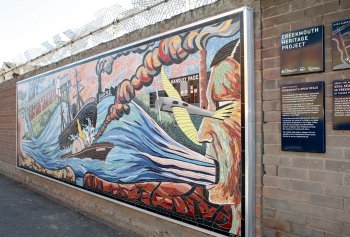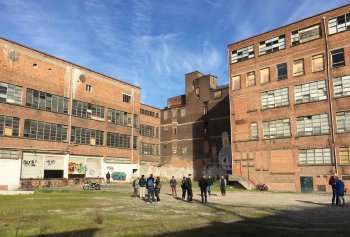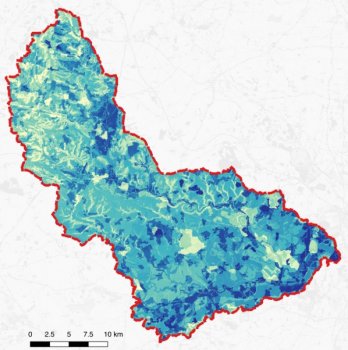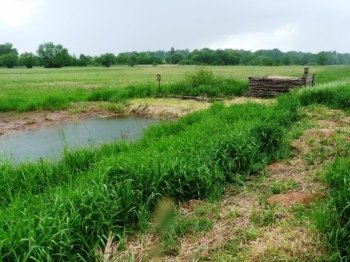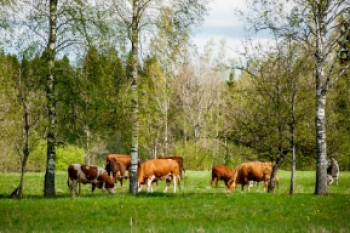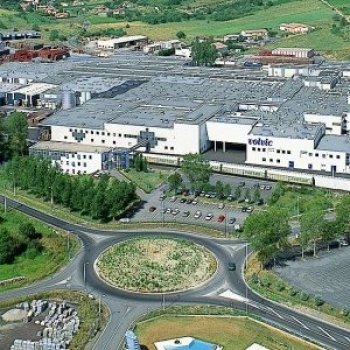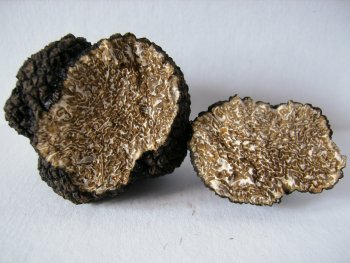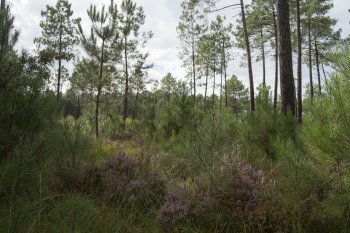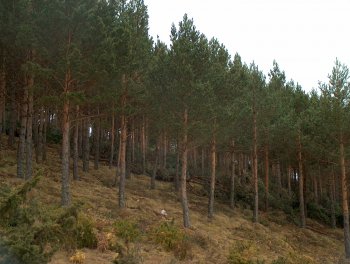Quantifying the consequences of the EU Water Policy for ecosystem service delivery at Loch Leven, Scotland
Quantifying the links between the ecological status and the provision of ecosystem services for a freshwater lake. Focus is on understanding environmental quality needed to deliver recreation and fishing services provided by the lake, and the value of these two services.


































